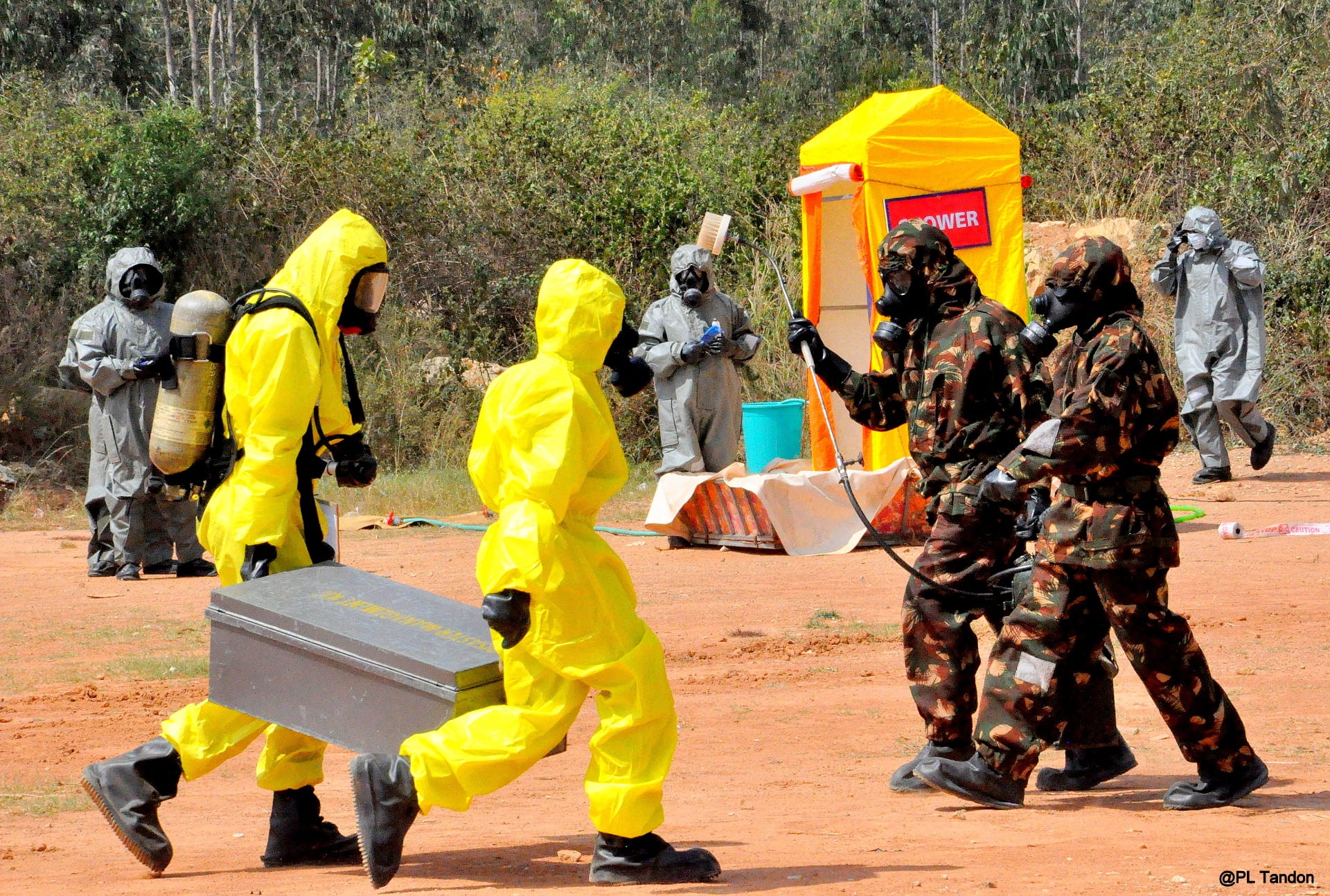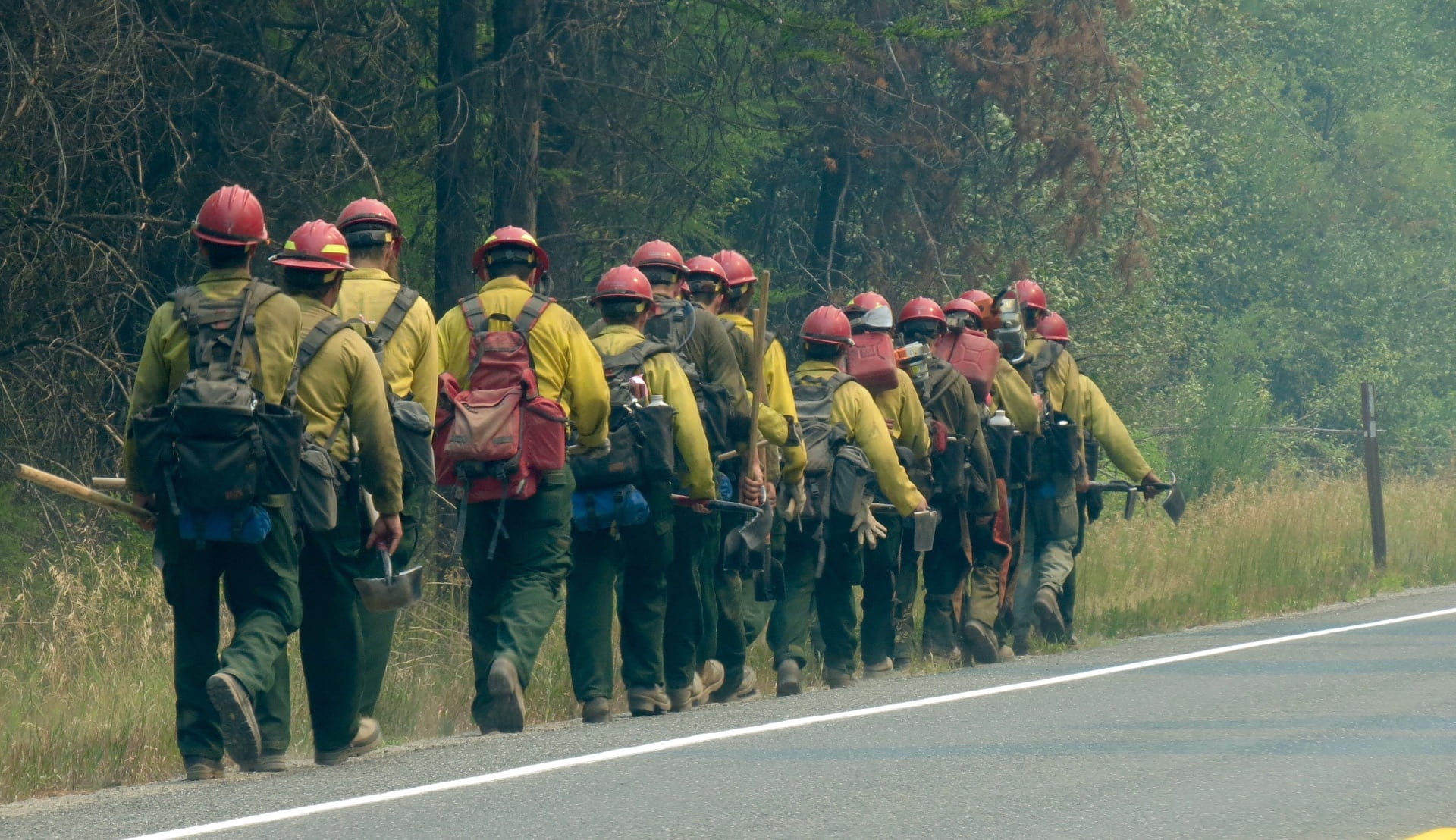by Wajiha Mekki
October 12 is International Day for Disaster Reduction (IDDR). This international event is hosted through the United Nations Office for Disaster Risk Reduction (UNDRR). In 2023, the focus has been on fighting inequality and fighting to break the cycle of international disaster.
History of IDDR
IDDR started in 1989 as a call to action by the United Nations General Assembly to help educate and mobilize resources to reduce the burden of ongoing disasters and increase resilience. This annual event focuses on a different theme, interpreted from the “Sendai Seven Campaign ,” established in 2015 at the third-ever UN World Conference on Disaster Risk Reduction in Sendai, Japan. The framework proposed during this time helps mobilize resources to local communities to ensure they can act at capacity during times of need; this also allows for communities to be prepared not only for small-scale and large-scale disasters but also man-made, natural, environmental, and biological disasters.

Source: American Red Cross Flickr
IDDR 2023
IDDR, in 2023, will focus on fighting inequality and issues and publish the results of the first-ever global survey on disability and disasters. This survey, with the purpose of championing disability and inclusion, was commissioned in 2013. 2023 also serves as a monumental year for IDDR as it is right after the midterm review of the aforementioned Sendai Framework; this review is vital, ensuring that progress is made to help accelerate action to rescue disaster disparities and prioritize resilience.
Current Burden of International Disasters
Disasters can happen at any time of the day. It is projected that by 2030, the world will face 1.5 significant disasters per day; this results in a total of 560 disasters per year. Of these disasters, a large proportion is caused by environmental, technological, and biological hazards. Disasters don’t discriminate and have an impact on all people; however, it is noted that they have a disproportionate impact on those with disabilities. This compounded impact results in the development of a perpetual cycle of disaster without resources being efficiently invested to prevent and manage these disasters.
Specifically for those with disabilities, it is noted that development infrastructure is not developed to be inclusive and is oftentimes overlooked during all stages of emergency management. This isolates those with limited mobility and requires a caregiver or other health services, preventing them from accessing resources that will allow them to recover effectively.
Within emergency responses, it is noted that people with disabilities are unnecessarily institutionalized during and after disasters; this further isolates them from their families, peers, and communities.

Source: American Red Cross Flickr
Spotlight: Japan’s 2011 Earthquake
Though there are many examples of international disasters, the horrendous earthquakes in Japan in 2011 highlight the disparities those with disabilities face in times of national emergency. This earthquake, noted as the “strongest earthquake in its recorded history,” was not the only natural disaster that impacted the community; the earthquake caused a tsunami, which amplified the impact and the resources needed to remedy the issue. The earthquake and tsunami destroyed hundreds of businesses, homes, and nuclear reactors. The destruction of these nuclear reactors resulted in toxic materials being released into the environment and communities. Thousands of lives were lost; however,, approximately 25% were disabled. The infrastructure developed for emergencies did not serve them; oftentimes, evacuation centers were not accessible, did not have the needed infrastructure, etc. All of these factors resulted in many people with disabilities not having adequate assistance. These disparities are not unique to Japan and are seen internationally and domestically.
How Countries Can Take Action
The nature of disasters is cyclical; to have the most effective solution, it is vital to break the cycle and do so in a holistic manner. Firstly, there is the preventative lens of the disaster itself; it is vital to understand how disasters occur and to take the actions needed to establish early warning of these disasters. This allows countries to be prepared to make effective decisions that will have a positive global impact. Beyond this, countries and member states should take action to invest in their current infrastructure to make it more prepared for disasters. Though disasters can be mitigated through the above actions, they are not entirely preventable. Therefore, states should be prepared for their response to be inclusive for all; they must build capacity to accommodate vulnerable populations in their emergency response, including those with disabilities, older persons, and women.
How You Can Take Action
Acknowledging IDDR is the first step to helping advocacy for advancements in emergency responses and more equitable infrastructure during times of need. It is a two-pronged fork; communities should work to break the cycle of disaster by improving habits and holding entities responsible, but should continue to invest in making resources more equitable. As a community member, it is your responsibility to use your voice to advocate for both of the above. Another way is to use your time to volunteer alongside community and international partners who are working to make improvements. Together, we can break the disaster cycle and make emergency responses more equitable.
